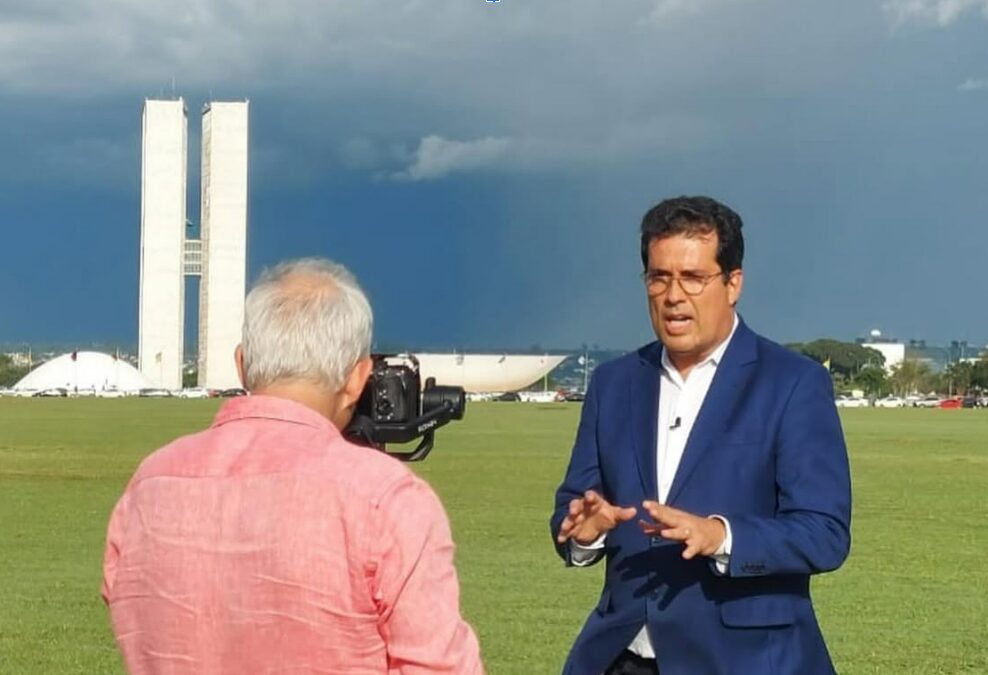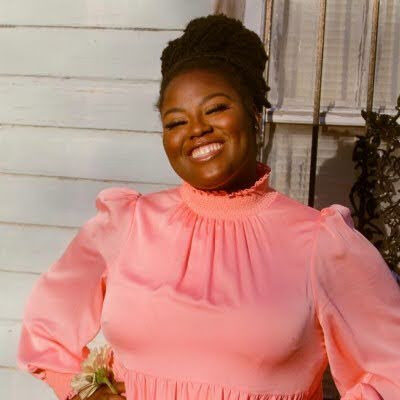Niraj Ray built a network of 25 urban gardens made in schools, sports parks and other vacant lots around the city. All 25 sites are joined together by one central rooftop garden, the H St. Farms, and contribute to sustainability efforts in D.C.
Cultivating the city, one vacant lot at a time
By Katherine Lee
WASHINGTON – When his co-workers began asking him for gardening advice, Niraj Ray did not know that his hobby had just become a calling and an enterprise.
In 2013, Ray, who was working at the Environmental Protection Agency, had taken to tending to the small gardens around his office for fun. It wasn’t difficult – he had done it in graduate school. People started asking him for help with their own home gardens. Soon, a local elementary school asked for his guidance in helping children build gardens at school, and Ray was awarded a $2,000 micro-grant to pursue the project.
Teaching the students to take care of gardens, grow plants and eat healthy produce, Ray realized that many vacant, unutilized spaces in the city could be converted into community gardens to grow and provide healthy local food. He found himself dedicating more and more of his time to the school and eventually quit his job at the EPA to create a bigger network of different sites around the city that could grow food. That network is Cultivate the City; today, Ray operates 25 gardens that range from schools and sports parks to other vacant lots around the city.
Cultivate the City also has 40 people enrolled in its summer Community Sustained Agriculture program, which ends this week. The participants bought into shares of the farms’ produce at the beginning of summer and have been receiving products every week.
“For our CSA, we deliver six vegetables, two fruits, one urban and one finished food product. It’s not like one garden has all that growing it, but it’s the combination of the 25 sites and the breadth of what we have at each site that allow us to be able to provide that mixture of stuff,” Ray said.
In April 2016, Ray also opened H Street Farms, a 6,500-sq.ft. space he refers to as the “garden center,” a garden located on the rooftop of hardware store W.S. Jenks & Son. Ray rented the space from the hardware store that also had just moved in two months earlier. Hearing that the rooftop once had been used as a parking lot was good news: That meant the rooftop could support the heavy weight of greenhouses and aquaponics system.
The rooftop farm now serves as a central storage and retail facility for the 25 sites that Cultivate the City operates, and Ray also hosts gardening workshops for the public every Saturday.
“Here, we can create a space where people can come and hang out and just know that there are always plants here. That’s our goal here,” Ray said.
At various corners of the garden are also ethnic crops that Ray supplies to a local Indian restaurant. When he started farming in Florida, his father gave him a shoebox full of seeds for Indian ethnic crops. His Indian grandmother had used and collected the seeds on his grandparents’ farm. After he began planting Indian crops and learning about their characteristics, he took his crops to a local Indian grocery store and started selling them. After moving to D.C., he found an Indian restaurant owner who might want to work with him to source her ingredients locally. Had it not been for his supply, Ray said, she would have had to import the crops from India or Mexico. By buying from him, the restaurant owner was able to reduce costs and dramatically reduce her restaurant’s carbon footprint.
Cultivate the City now regularly supplies crops and produce to four restaurants and two grocery stores. Last year, it produced 6,500 lbs of crops and produce. This year, the volume has increased threefold, and Ray projects the number to continue to grow in the four or five growing seasons within the next year.
“Most of our goals now are hitting the numbers,” Ray said. The first couple years tended to be more experimental, but Cultivate the City has gotten past that. His objective is to monetize and get the greatest function out of all 25 gardens. “We’re not expanding to too many schools, and we want to increase our production per site. We want to be able to better convey that number to future clients and projects.”
























